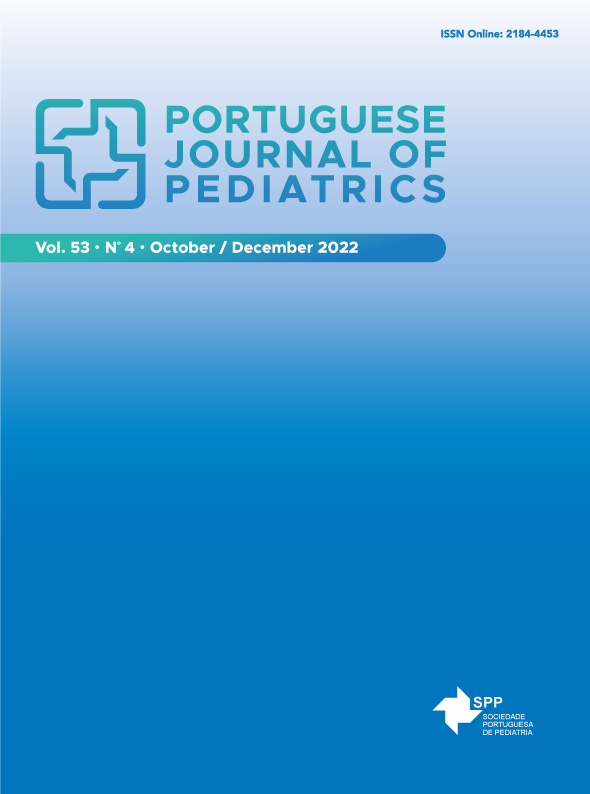Aeroallergen Sensitization in Asthmatic Children Followed in a General Pediatric Clinic
DOI:
https://doi.org/10.25754/pjp.2022.25375Abstract
Introduction: Allergic asthma is one of the phenotypes of the most common chronic disease in pediatric age. Allergic sensitization varies geographically, and its determination is important for therapeutic guidance. This study aimed to define the aeroallergen sensitization profile in asthmatic children followed in a general pediatric clinic and assess the relation between inhalant Phadiatop® with personal / family history of atopy and total serum immunoglobulin E.
Methods: This retrospective study was conducted on children with asthma aged two or older who were followed in a pediatric clinic. Personal / family history of atopy, total immunoglobulin E, Phadiatop® test results, and value of specific immunoglobulin E were analyzed in those who underwent allergic screening. The statistical analysis of data was carried out using IBM SPSS Statistics software (version 26).
Results: A total of 401 children underwent allergic screening with positive results for total immunoglobulin E (62.09%) and Phadiatop® (57.36%). The association between those was statistically significant. In children with positive Phadiatop test, the most frequent aeroallergens were Dermatophagoides pteronyssinus (81.30%) and Dermatophagoides farinae (76.52%), followed by Dactylis glomerata (32.61%) and Secale cereale (28.26%). It was found that 95.65% of children had sensitization to more than one aeroallergen. Moreover, allergic rhinitis and atopic eczema were present in 62.59% and 41.15%, respectively, and the relation between these and Phadiatop® test results was statistically significant. However, the association with family history was not established.
Discussion: We found high sensitization to domestic dust mites, particularly D. pteronyssinus. Aeroallergen sensitization is more influenced by allergic rhinitis than by atopic eczema and was not influenced by a family history of atopy. The association between positive results of total IgE and Phadiatop® tests was moderately significant.
Downloads
Downloads
Published
Issue
Section
License

This work is licensed under a Creative Commons Attribution-NonCommercial-NoDerivatives 4.0 International License.









